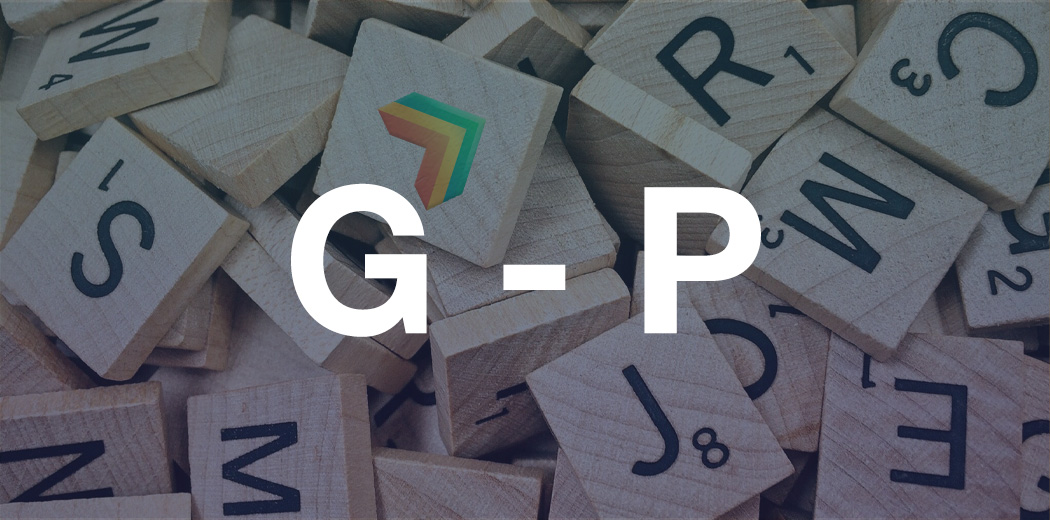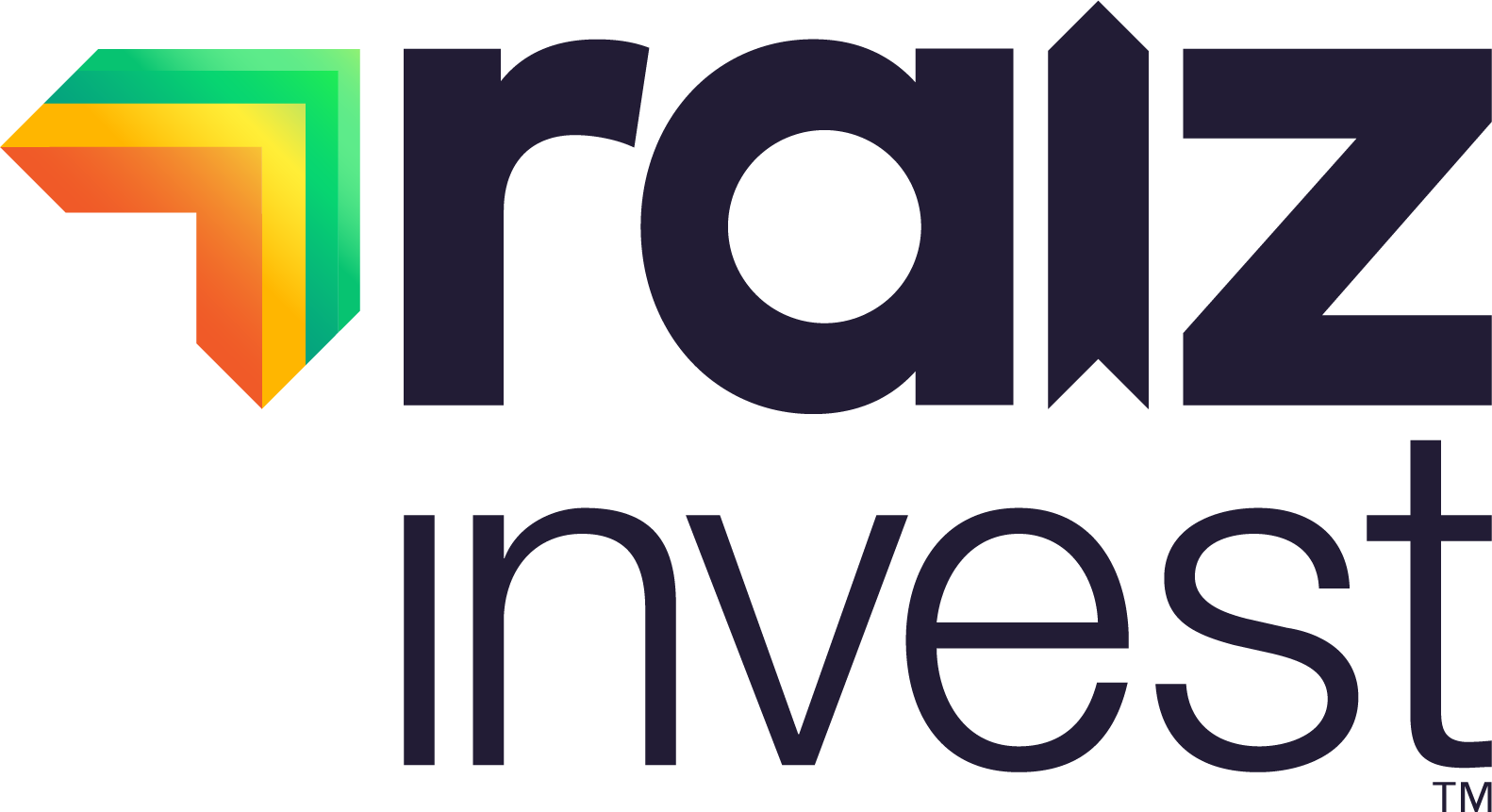The Raiz-opaedia of financial jargon (G to P)

Welcome back to the place where you can boost your financial lingo, knowledge and keep learning as you stay on the path of financial wellbeing.
Click here to see the first instalment of the Raiz-opaedia, where we cover A-F for you.
Let’s keep it going with G-P, and what better way to kick it off than with:
GDP: Gross Domestic Product, often abbreviated to GDP, is the total value of all the finished goods and services produced in a country. GDP provides an indication on how an economy is performing and how quickly it is growing, or in 2020, the speed that some economies are shrinking, with lots of global shutdowns and interruptions.
Hedge: A transaction done to protect against a price movement of an asset or investment. A Goldminer may hedge some of its gold assets by selling gold forward at a known price using gold futures, even if it has not yet mined all of the gold. This is because it costs a certain amount of money to mine the gold, and if the price of gold fell, it may become unprofitable to operate a mine. Of course, the price of gold could continue going up, meaning the hedge transaction would cost money. Protection is rarely free…
IPO: Initial Public Offering is when a private company goes public by listing on the stock exchange, and by doing so it allows the company to raise money from public investors by issuing new stock. We have seen this term associated with some enormous US companies in late 2020 such as Airbnb and Doordash, and locally in Australia with both hipages and Adore Beauty Group going public. These stocks trade on exchanges once they go public, meaning that they may be included at some point in some of the ETFs that Raiz uses in its portfolios. For more information on Raiz fees, click here.
Joint Venture: When two or more businesses come together to perform some business activities. Firms may choose to setup a Joint Venture could be for geographical reasons, where one company has a licence to operate in a specific region, and one does not. It could be a customer-centric reason, where it is easier for one company to reach a specific target market, while the other company has the ideal product. It could even be a financial reason, where one company assumes the cost risk, and funds a project, but the other company is the one performing the lion’s share of the work.
Kangaroo Bond: When a non-Australian company borrows money in Australian Dollars (AUD). Let’s say a US company wants to build a factory in Australia and needs to borrow money. The factory will produce a product that may get sold in Australia, and many of the cashflows and profits will be in AUD. It wouldn’t make much sense for the overseas company to borrow in a different currency, because it may lose money if the Foreign Exchange rates move against it.
Liquidity: If an asset can be converted into cash without causing too much of a movement in its price, it has a high liquidity. ETFs quoted on the ASX have good liquidity as there are market makers who facilitate this, which is why they trade very close to fair value on stock exchanges, and why they are very useful in diversified portfolios.
Market Capitalisation: Commonly abbreviated to Market cap, this refers to how much the market is valuing a company. Tesla now has a market cap of over US$600Billion, which can be calculated by the number of shares available, multiplied by the current price of the stock.
Net Profit: If a company makes a profit, but then takes away all of the costs associated with running that company, the remaining profit is the net profit. At this point Tax is paid, and often the phrase NPAT is used, meaning Net Profit after tax.
Outlook: A company will often provide an outlook to see how it will perform in the coming financial year/s. This allows owners of the stock to determine if they are optimistic or pessimistic and can have an impact on the price of a stock.
Passive Investing: Passive investing can often refer to investments that track an index, meaning the owner does not need to make actives decisions to trade in or out of an investment, which would be active investment.
That’s a wrap! 10/10 for terms this week. Great work team, you are really getting on top of these terms. Impress your friends, and if they are not already with Raiz, you could refer them 😎
Continue reading: The Raiz-opaedia of financial jargon (Q to Z)
Don’t have the Raiz App?
Download it for free in the App store or the Webapp below:
Important Information
The information on this website is general advice only. This means it does not take into account any person’s particular investment objectives, financial situation or investment needs. If you are an investor, you should consult your licensed adviser before acting on any information contained in this article to fully understand the benefits and risk associated with the product.
A Product Disclosure Statement for Raiz Invest and/or Raiz Invest Super are available on the Raiz Invest website and App. A person must read and consider the Product Disclosure Statement in deciding whether, or not, to acquire and continue to hold interests in the product. The risks of investing in this product are fully set out in the Product Disclosure Statement and include the risks that would ordinarily apply to investing.
The information may be based on assumptions or market conditions which change without notice. This could impact the accuracy of the information.
Under no circumstances is the information to be used by, or presented to, a person for the purposes of deciding about investing in Raiz Invest or Raiz Invest Super.
Past return performance of the Raiz products should not be relied on for making a decision to invest in a Raiz product and is not a good predictor of future performance.




